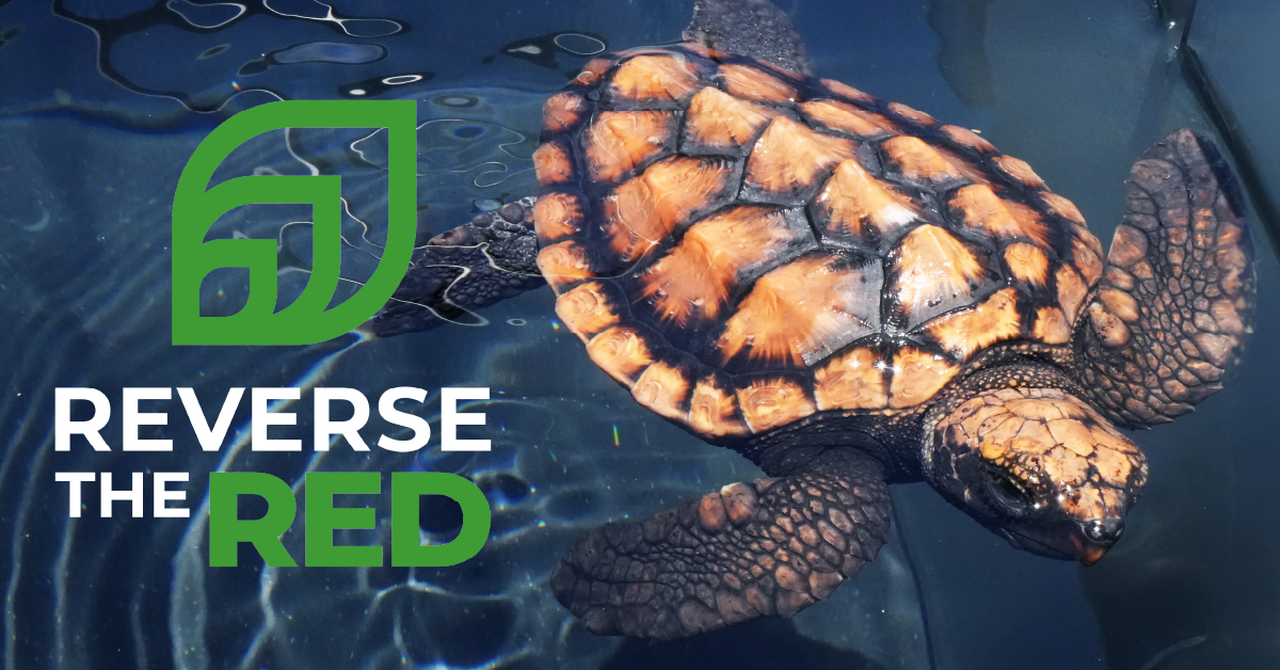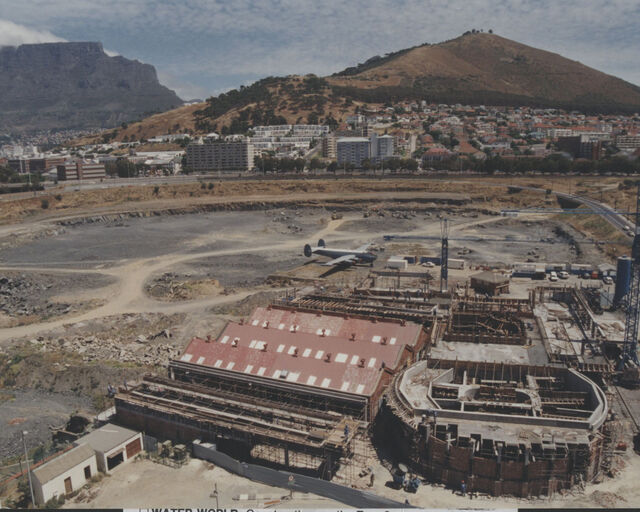With many environmental issues dominating the media, particularly climate change, biodiversity loss is an often overlooked, yet just as significant, threat. Reverse the Red is a pioneering global movement that works to reverse biodiversity loss and showcase positive achievements for species on the brink of collapse - by celebrating efforts that bring species back from being "endangered". Today, 7 February 2024, is the second Reverse the Red Day!
Reverse the Red is a global movement that inspires action to ensure the survival of wild species and ecosystems on the brink of extinction. A collective of like-minded scientists, advocates, and partners assess, plan, and act for species conservation using science-based approaches. Reverse the Red, as the action hub, provides the tools and expertise to empower government, organisations, and local communities to set and reach conservation targets specific to their areas. The movement makes a point of celebrating and amplifying achievements for species.
What is “the Red”?
Many South Africans may know of the Red List; perhaps you associate it with certain types of canned fish… The International Union for Conservation of Nature (IUCN) established the Red List of Threatened Species in 1964. It has become the world’s most comprehensive information source on the global extinction risk status of animals, fungi, and plants. This list is a critical indicator of the health of the world’s biodiversity and a powerful catalyst for biodiversity conservation and policy change. The Red List provides species-specific information on range, population size, habitat, ecology, use or trade, threats, and conservation actions. This list inspired Reverse the Red. Already, there are more than 42 100 species on it. The organisations and individuals involved in Reverse the Red are working towards the survival of these species and the prevention of more being added to the list.
Why does it matter?
Reverse the Red is dedicated to reversing biodiversity loss. Biodiversity refers to the variety of life in the world or a particular habitat. This includes plants, animals, bacteria, and fungi – basically, every living thing you can imagine. Every ecosystem in the world hosts a myriad of diverse life forms that play vital roles in maintaining the health of these habitats. In turn, these healthy ecosystems provide humans with the air we breathe and the food we eat. Unfortunately, biodiversity loss is happening at unprecedented rates due to habitat destruction, human consumption, pollution and more. This means that more and more species are becoming extinct, leading to the collapse of valuable ecosystems and the consequent loss of natural resources. For example, cutting down trees for agriculture eliminates shade, temperature and moisture regulation, animal habitats, and nutrient transport services. This is the domino effect that biodiversity loss has on ecosystems.
So, what is Reverse the Red doing?
Reverse the Red is building a social movement fuelled by stories of people taking action for global species. Throughout the year, themes will focus on different groups of species, such as birds in February. Reverse the Red kicks off each month with an inspiring story of hope before sharing stories of action from communities, aquariums, individuals, and organisations. This way, a community of biodiversity champions will be built.
Reverse the Red believes we can save species by pooling our knowledge and working together. Global citizens can reverse biodiversity decline through simple steps and careful planning. Driven by data and collaboration, Reverse the Red provides tools and partnerships aimed at saving species. Everyone has a part to play in protecting species – government agencies, NGOs, aquariums, botanical gardens, and even individuals.
How is the Two Oceans Aquarium boosting biodiversity?
A significant portion of the Two Oceans Aquarium Foundation’s work is dedicated to turtle conservation.
The Turtle Conservation Centre works to protect endangered turtles and contribute to the recovery of global turtle numbers.
Turtles are indicator species, meaning their abundance, distribution, and health reflect environmental conditions. Essentially, when there are fewer turtles in the ocean (as there are in 2023), it is indicative that something is wrong in the marine environment. Not only do turtles’ presence indicate marine health, but they are also keystone species. This means that turtles play a crucial role in the ocean ecosystem – without them, ecosystem health would decline or collapse entirely. Turtles keep beach dunes, seafloor habitats and coral reefs healthy and keep jellyfish populations in check.
In the wild, only one or two out of every 1 000 turtle hatchlings survive to adulthood. These figures, coupled with increased plastic pollution, climate change, and other human-induced hazards, have worsened over the years. There are only seven species of turtle on earth, five of which visit South African waters. Unfortunately, these five turtle species appear on the Red List. The Turtle Conservation Centre has treated and rehabilitated turtles from all five species in South Africa for varying ailments, from plastic ingestion to severe external injuries.
The Turtle Conservation Centre has achieved an 85% release rate. This means that the majority of turtles received by our team were successfully treated and rehabilitated, allowing them a chance to reproduce and continue the species. All the turtles leaving the Turtle Conservation Centre are tagged in some way: larger turtles are satellite-tagged, while hatchlings are microchipped. In January 2024, we satellite-tagged and released 14 juvenile loggerhead turtles in a groundbreaking global research project. This tracking information, along with other data collected, contributes to post-graduate studies and publications, as well as the growing global knowledge base of turtle rehabilitation and treatment plans.
Biodiversity loss is a bigger deal than we realise. While there are myriad issues facing our environment, you can do quite a lot to save it. Start by being smarter about your waste: think twice about plastic products and try to get into a recycling routine. Most waste products will end up in marine or terrestrial environments, so you can do your bit to break the cycle. Even something as simple as sharing a post about Reverse the Red on your social media will help – the more people are aware of biodiversity loss; the more people can help to reverse it!
You, too, can help to Reverse the Red.
Follow Reverse the Red on social media!
Related News
Sign up to our Newsletter
Receive monthly news, online courses and conservation programmes.





